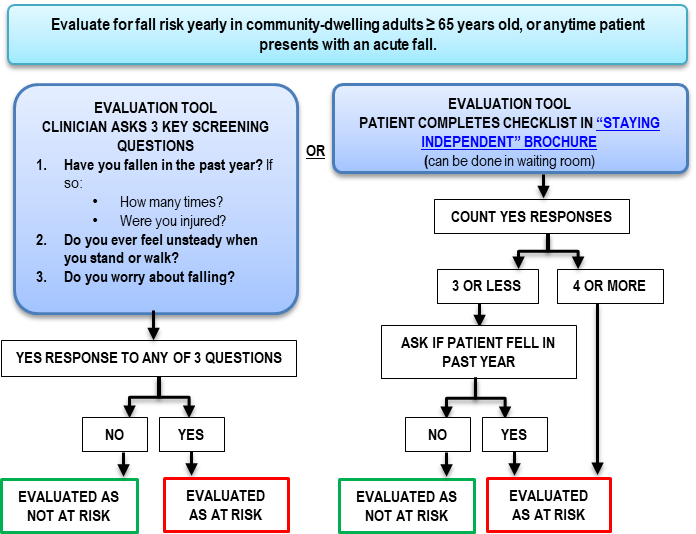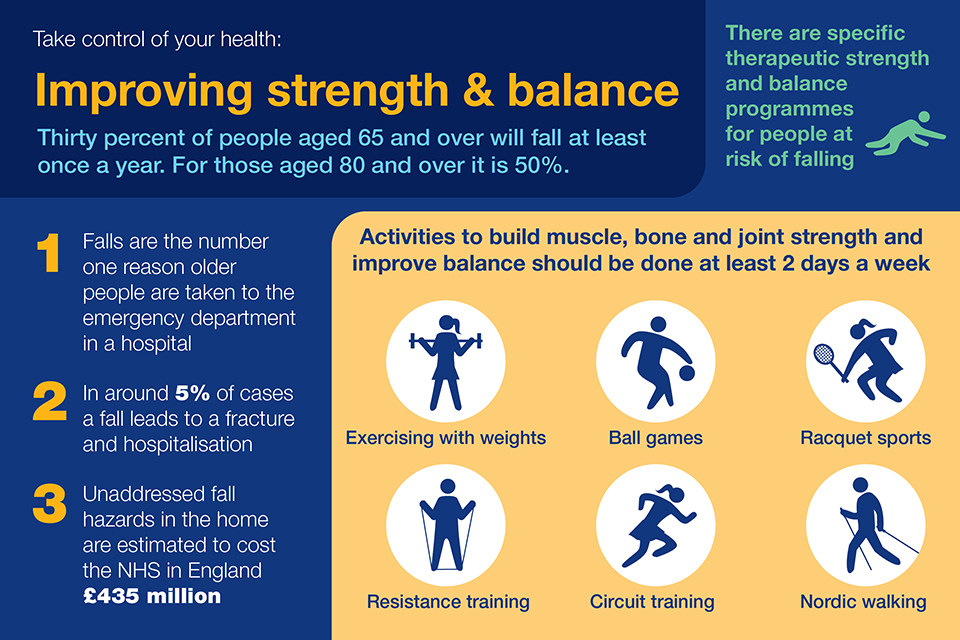Excitement About Dementia Fall Risk
Table of ContentsSome Of Dementia Fall RiskWhat Does Dementia Fall Risk Do?Dementia Fall Risk - An OverviewSome Ideas on Dementia Fall Risk You Need To KnowLittle Known Questions About Dementia Fall Risk.
The FRAT has three sections: drop threat condition, risk element list, and activity strategy. A Fall Threat Standing includes data about history of recent falls, medicines, mental and cognitive standing of the individual - Dementia Fall Risk.If the individual scores on a threat factor, the corresponding number of factors are counted to the person's loss danger rating in package to the far ideal. If a patient's loss risk score amounts to five or greater, the individual is at high risk for drops. If the individual ratings just 4 points or lower, they are still at some danger of dropping, and the registered nurse ought to use their ideal medical assessment to take care of all fall danger factors as component of an alternative treatment strategy.
These standard strategies, in general, aid establish a secure atmosphere that decreases unintentional falls and delineates core precautionary actions for all individuals. Indicators are essential for patients at risk for drops.
Some Known Questions About Dementia Fall Risk.
Wristbands must include the individual's last and initial name, date of birth, and NHS number in the UK. Only red color must be utilized to signal special individual standing.
Things that are as well far might call for the person to connect or ambulate needlessly and can possibly be a danger or add to drops. Assists stop the client from going out of bed with no aid. Registered nurses reply to fallers' call lights faster than they do to lights started by non-fallers.
Aesthetic impairment can significantly cause falls. Hip pads, when worn appropriately, may lower a hip crack when loss happens. Keeping the beds closer to the floor lowers the danger of drops and significant injury. Positioning the cushion on the floor dramatically reduces fall threat in some healthcare settings. Low beds are developed to decrease the distance a patient falls after relocating out of bed.
The smart Trick of Dementia Fall Risk That Nobody is Talking About
People that are high and with weak leg muscular tissues who attempt to sit on the bed from a standing position are most likely to drop onto the bed due to the fact that it's too reduced for them to lower themselves securely. If a high individual attempts to obtain up from a reduced bed without help, the client is likely to fall back down onto the bed or miss out on the bed and drop onto the floor.
They're developed to promote timely rescue, not to avoid drops from bed. Audible alarm systems can also remind the person not to rise alone. Making use of alarms can likewise be a replacement for physical restrictions. Apart from bed alarm systems, increased guidance for high-risk clients also might assist avoid drops.

Patients with an evasion stride rise fall possibilities dramatically. To decrease autumn danger, shoes must be with a little to no heel, slim soles with slip-resistant walk, and support the ankles. Encourage person to use nonskid socks to avoid the feet from moving upon standing. Motivate individuals to wear suitable, well-fitting shoesnot nonskid socks for ambulation.
The 8-Second Trick For Dementia Fall Risk
Patients, particularly older adults, have actually reduced visual capacity. Lighting an unfamiliar setting assists increase exposure if the patient need to rise at night. In a research, homes with adequate lighting report less falls (Ramulu et al., 2021). Enhancement in lighting at home might reduce autumn prices in older grownups (Dementia Fall Risk). The use of stride belts by all health care suppliers can promote security when aiding clients with transfers from bed to chair.

Sitters work for guaranteeing a safe, safeguarded, and secure setting. Researches showed really low-certainty evidence that caretakers minimize loss threat in acute treatment healthcare facilities and only moderate-certainty that alternatives like video YOURURL.com clip tracking can decrease sitter usage without raising loss danger, suggesting that sitters are not as useful as at first thought (Greely et al., 2020).
The Of Dementia Fall Risk

Raised physical fitness decreases the threat for falls and restricts injury that is endured when fall transpires. Land and water-based exercise programs might be likewise helpful on balance and stride and therefore decrease the threat for drops. Water workout may contribute a favorable advantage on balance and stride for females 65 years and older.
Chair Rise Workout is a straightforward sit-to-stand exercise that assists enhance the muscular Dementia Fall Risk tissues in the thighs and butts and boosts wheelchair and independence. The objective is to do Chair Surge exercises without making use of hands as the client comes to be more powerful. See resources area for a thorough guideline on just how to execute Chair Increase exercise.